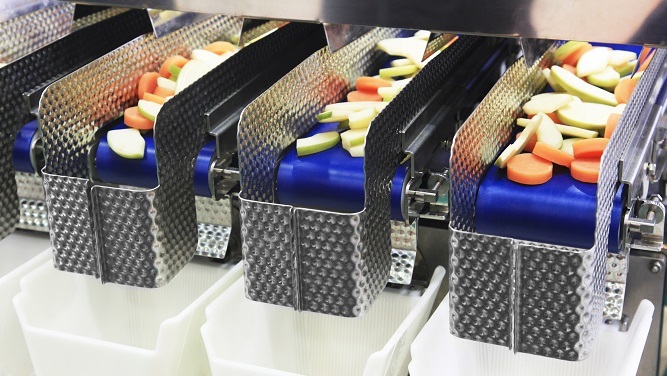
 Data Structure
Data Structure Networking
Networking RDBMS
RDBMS Operating System
Operating System Java
Java MS Excel
MS Excel iOS
iOS HTML
HTML CSS
CSS Android
Android Python
Python C Programming
C Programming C++
C++ C#
C# MongoDB
MongoDB MySQL
MySQL Javascript
Javascript PHP
PHP
- Selected Reading
- UPSC IAS Exams Notes
- Developer's Best Practices
- Questions and Answers
- Effective Resume Writing
- HR Interview Questions
- Computer Glossary
- Who is Who
What is the full form of FPT?
Introduction
Food Processing Technology (FPT) is the scientific use of a variety of methods, techniques, and tools to produce nutritious, aesthetically acceptable food products from raw materials. FPT involves numerous procedures, including cleaning, sorting, grading, cutting, cooking, combining, packaging, and preservation.

These methods assist in extending the shelf life, flavour, texture, and nutritional value of the food products while also satisfying the criteria of consumers and regulatory organisations. FPT has played a significant role in expanding environmentally friendly and sustainable practices in the food industry as well as enhancing the effectiveness, quality, and safety of food production.
FPT, which includes food engineering, food microbiology, food chemistry, and food safety, continues to advance with advances in science and technology.
Importance of FPT in the Food Industry
Food processing technology (FPT) is crucial to the food industry because it enables the production of wholesome, secure, and high-quality food items.
FPT increases the availability of food throughout the year, reduces food waste, and increases product shelf life. Additionally, FPT encourages the development of new foods with enhanced flavour, texture, and nutritional value. It also makes it possible to produce food in large quantities, helping to fulfil the increasing global need for food.
The impact of the food industry on the environment has decreased as a consequence of the development of more environmentally conscious and environmentally friendly technologies for food production as a result of FPT.
Advantages of FPT
Food processing technology has a number of advantages in the food industry, including
Enhanced longevity and food safety
Increased nutrient content of food products
Enhanced effectiveness of food production Reduced expenses, less waste, and improved gastronomic sensory quality
The ability to create innovative and inventive culinary products that are more user-friendly.
FPT is crucial in ensuring that the food we consume is wholesome, secure, and of the greatest calibre. Additionally, it has enabled the food industry to lessen its harmful environmental effects while still meeting the steadily rising demand for food products.
Applications of FPT
There are many situations where food processing technology is used, including
Food preservation FPT helps retain food's nutritional value, freshness, and flavour while prolonging the shelf life of food goods.
Food processing FPT is used in a variety of food preparation methods, including baking, frying, and roasting, to improve the dish's texture, flavour, and nutritional value.

FPT is used to make materials for food packaging that can maintain food goods high-quality and fresh during storage and transportation.
FPT is essential in preserving the safety and quality of food by monitoring factors including temperature, humidity, and acidity as food is prepared and stored.
Research and development FPT is used in the development of novel food items and processing techniques in order to meet the changing expectations of consumers and increase the profitability of the food business.
Conclusion
Food processing technology is crucial to the food business since it guarantees the safety and quality of food items. Efficiency, cost, and sustainability of food processing have all improved because of technological advancement. It has enabled the production of a range of food products that are readily available to consumers and safe. FPT has contributed to reducing food waste, extending food shelf life, boosting flavour, and meeting customer demand for quick-to-prepare, wholesome food options. The future of the food industry depends on the continued development and application of FPT to solve the concerns of nutrition, sustainability, and food security.
FAQs
Q1. What are some examples of FPT applications?
Examples of FPT applications include freezing, drying, canning, irradiation, pasteurisation, extrusion, and fermentation.
Q2. How can FPT increase food safety?
FPT reduces the possibility of contamination, spoilage, and foodborne illnesses by removing or reducing microorganisms like bacteria, viruses, and fungus.
Q3. What challenges do FPT users encounter?
The challenges associated with FPT include maintaining the nutritional value of food items, ensuring quality control and regulatory compliance, and addressing customer concerns about the safety and healthfulness of processed meals.

